An American Annual of Christmas Literature and Art Book
War and Peace
Leo Tolstoy, 1869
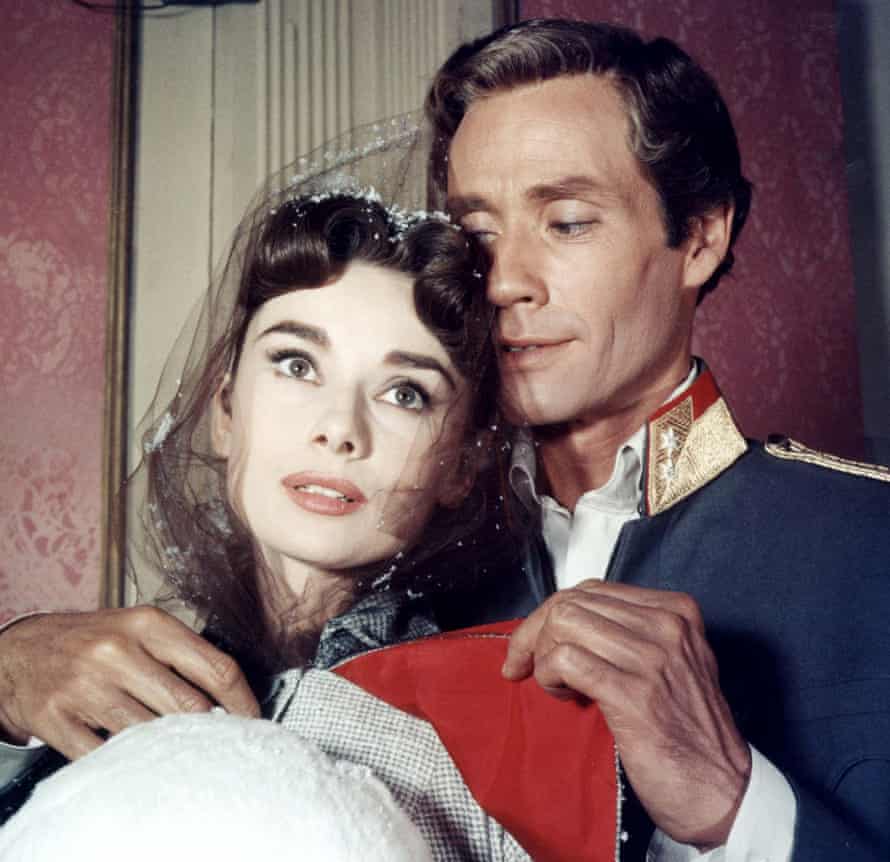
Nikolai and Sonya are getting prepare to put on a pantomime of sorts at Christmas time, and are and then delighted with their costumes that they decide to visit the Melyukovs who alive some distance away. They ready out into a night of stars, frost and silence. Nikolai breathes in an "elixir of eternal youth and joy" – and falls in love with Sonya. He's in woman's attire, with tousled hair. Sonya is dressed as a man. But this is no deterrent. The moment could non be more charming. He "kissed her on the lips which wore a moustache and smelt of burnt cork".
Christmas Shopping
Louis MacNeice, 1937
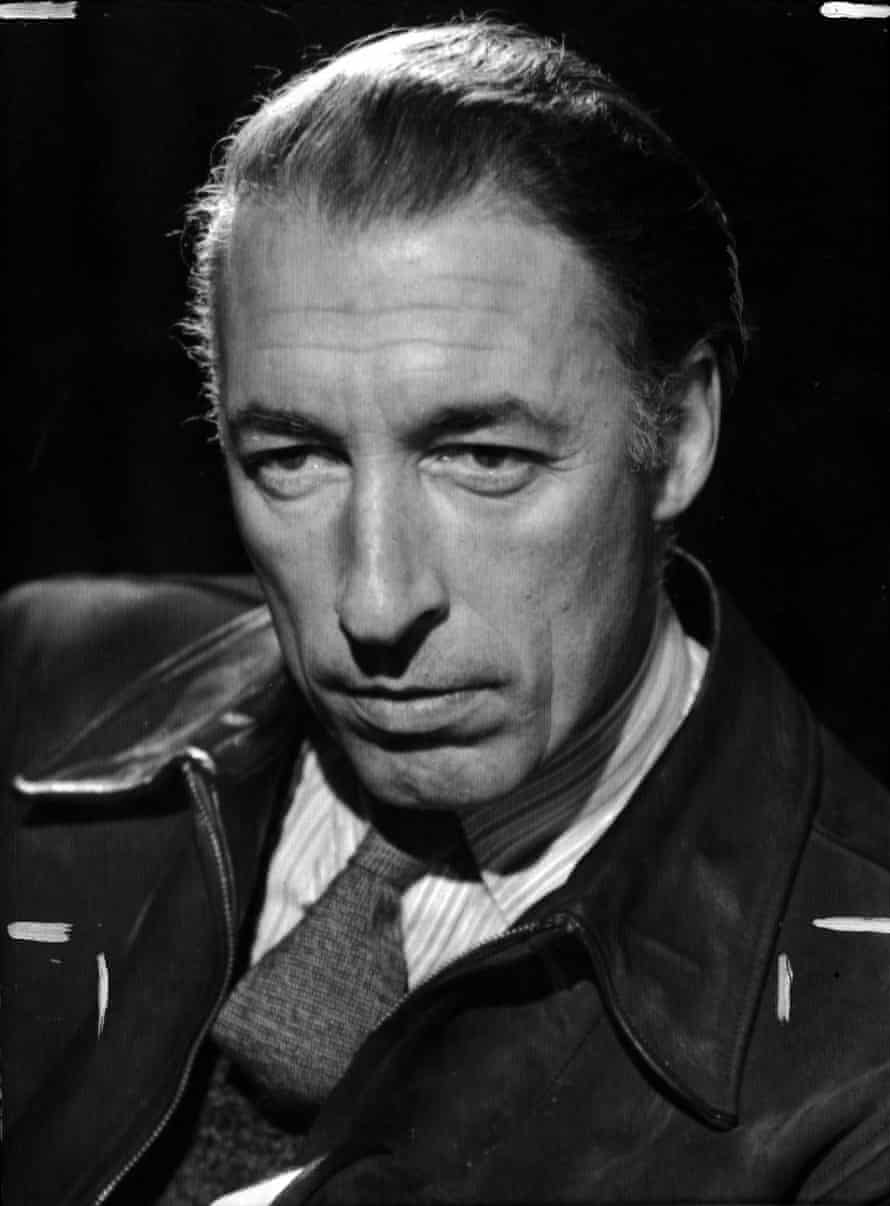
The little fir trees palpitate with candles/In hundreds of chattering households where the suburb/Straggles like nervous handwriting….
At that place is no predicting where MacNeice'due south 1937 Christmas is going. Only it'due south a wonderful and intriguing period piece. Public libraries are filled with people reading newspapers, poring over the classifieds in search of improve-paid jobs. The sense of Christmas as exhausting and expensive doesn't alter, although the London described no longer quite exists.
The Oxen
Thomas Hardy, 1915
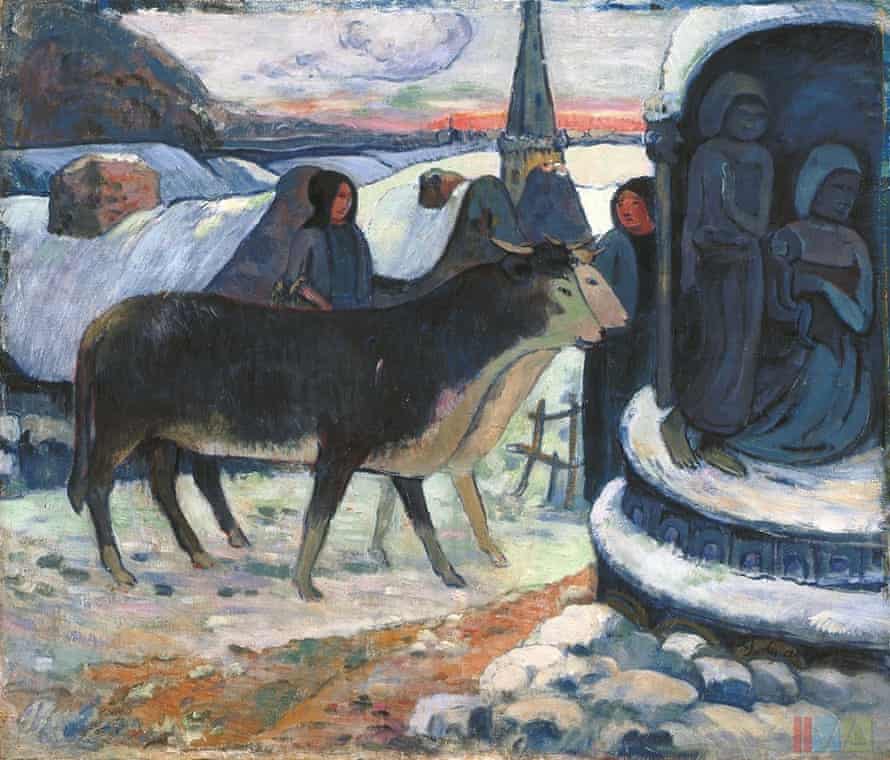
Christmas Eve, and twelve of the clock./ "Now they are all on their knees,"/ An elder said as we sat in a flock…
This poem was published on Christmas Eve 1915 in the Times and has a cautious mood, appropriate to the moment and feature of Hardy. The Dorset superstition was that oxen used to kneel every Christmas Eve, honouring the holy birth. Hardy volunteers that were he invited by a farmhand to witness this miracle: "I should become with him in the gloom,/ Hoping it might be then."
Little Women
Louisa May Alcott, 1868-69
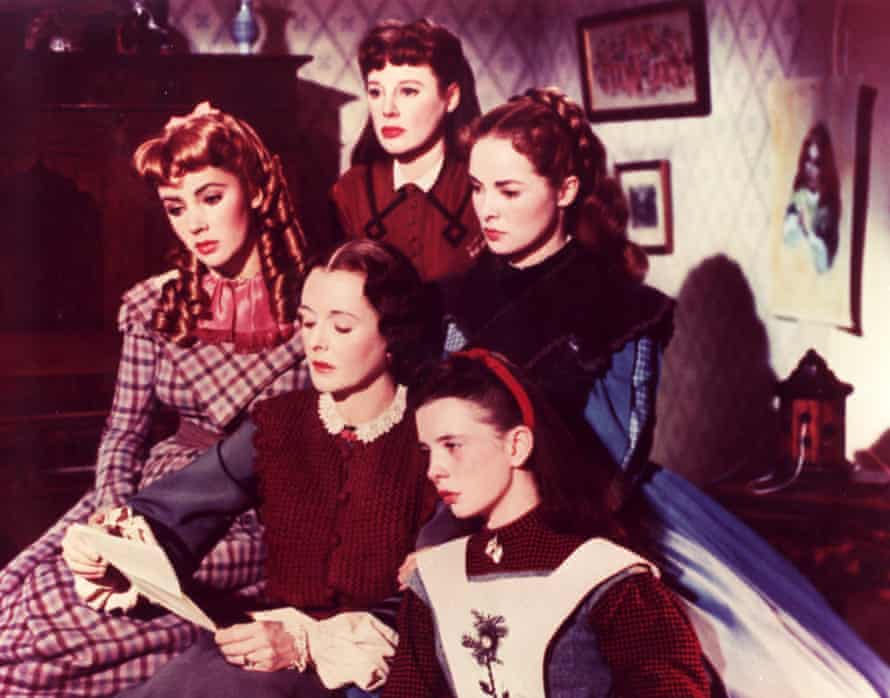
The most sentimentally frugal Christmas in American literature. In the absenteeism of stockings, Jo slips her hand under her pillow and draws out a carmine-covered book. "She knew it very well, for information technology was that beautiful onetime story of the best life ever lived, and Jo felt that information technology was a true guidebook for any pilgrim going on a long journey." (It may or may not be a bible, information technology is not spelt out.) Each girl has a differently coloured volume. Meg: green, Beth: dove, Amy: blue. As a child, I coveted these books as anyone with a taste for nice stationery would.
The Lilliputian Christmas Tree
Stella Gibbons, 1940
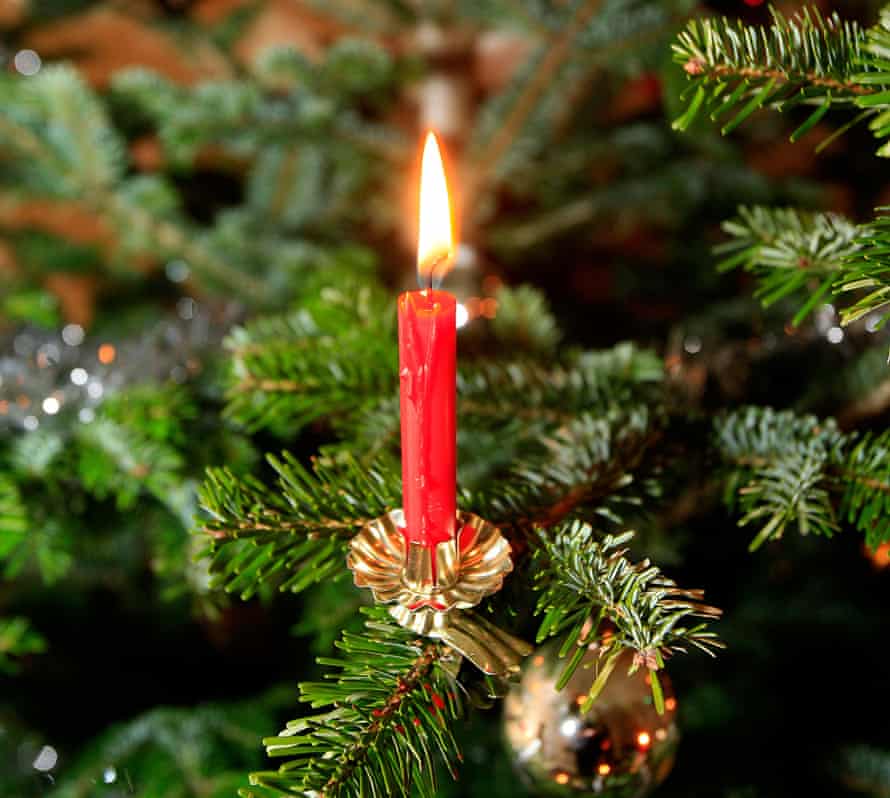
A writer is looking forward to a lone Christmas but information technology feels inconveniently mournful until three exuberant children – strangers – show up on her snowy step and share her festive dinner. Nosotros confidently predict, once we have assessed the potential of the handsome begetter who comes to collect the children, that they may all exist near to happily outstay their welcome. There is a promising air about him – desirable dessert to round off a Christmas feast. The Petty Christmas Tree is a big-hearted story that sweeps itself off its own feet.
The Dead
James Joyce, 1914
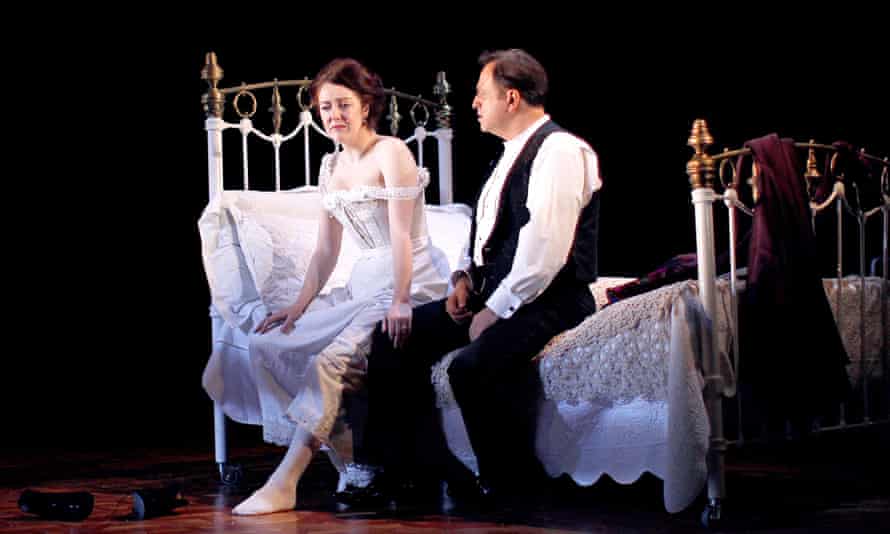
At the Misses Morkans' almanac dance, Gabriel Conroy gives Lily, the servant girl, a tip after having riled her by request near her marriage prospects. "Christmas-time! Christmas-time!" he blusters to embrace for his embarrassment, pressing money into her hand. Afterwards he has to "pilot" a drunk across a landing, antipodal on the subject of galoshes, carve a goose. The story is remarkable for its ambiguous, snowy epiphany (the upshot itself is on the Banquet of Epiphany). It's a wonderfully detailed description of the insecurities beneath surface gaiety.
Queenie
Alice Munro, 1999

This abject story has at its centre a vanishing Christmas cake and an officious hubby who accuses his married woman, Queenie, of having drunkenly given it away to a needy swain with whom he suspects she may be smitten. Violence ensues every bit she protests her innocence and Christmas is spent in tears. The story is equally rich as the most superior and fermented of Christmas cakes. An incidental ingredient to savor is Munro'south description of the way that Christmas cards tin can serve equally melancholy reminders of estrangement.
A Serious Talk
Raymond Carver, 1980

If relationships are in trouble, Christmas is the last harbinger, as Carver shows in this masterly and bleak entertainment. An estranged husband tells his wife how good she looks in the cashmere jumper he has given her. But it's too late for compliments. The husband (who we learn indirectly has disgraced himself on the mean solar day itself) returns next morning for vodka and reproaches: "'Vera,' he said. 'It'due south Christmas. That'south why I came.' 'Information technology's the twenty-four hour period afterwards Christmas,' she said. 'I don't always desire to see another i.'"
Ending Up
Kingsley Amis, 1974

Another example of using Christmas to magnify existing awfulness. It's existence "celebrated" in Tuppeny-hapenny Cottage by as ghastly a crew of septuagenarians as one could e'er promise not to see. There is Marigold losing her marbles, obnoxious Adela nursing a gastric ulcer, and her foul-mouthed brigadier brother, Bernard Bastable, with his interest in lavatorial matters. And there'south George Zeyer, a pitifully speechless professor of central European history, and Shorty the servant who uncorks enough drink to guarantee ugly entertainment.
Christmas
John Betjeman, 1954
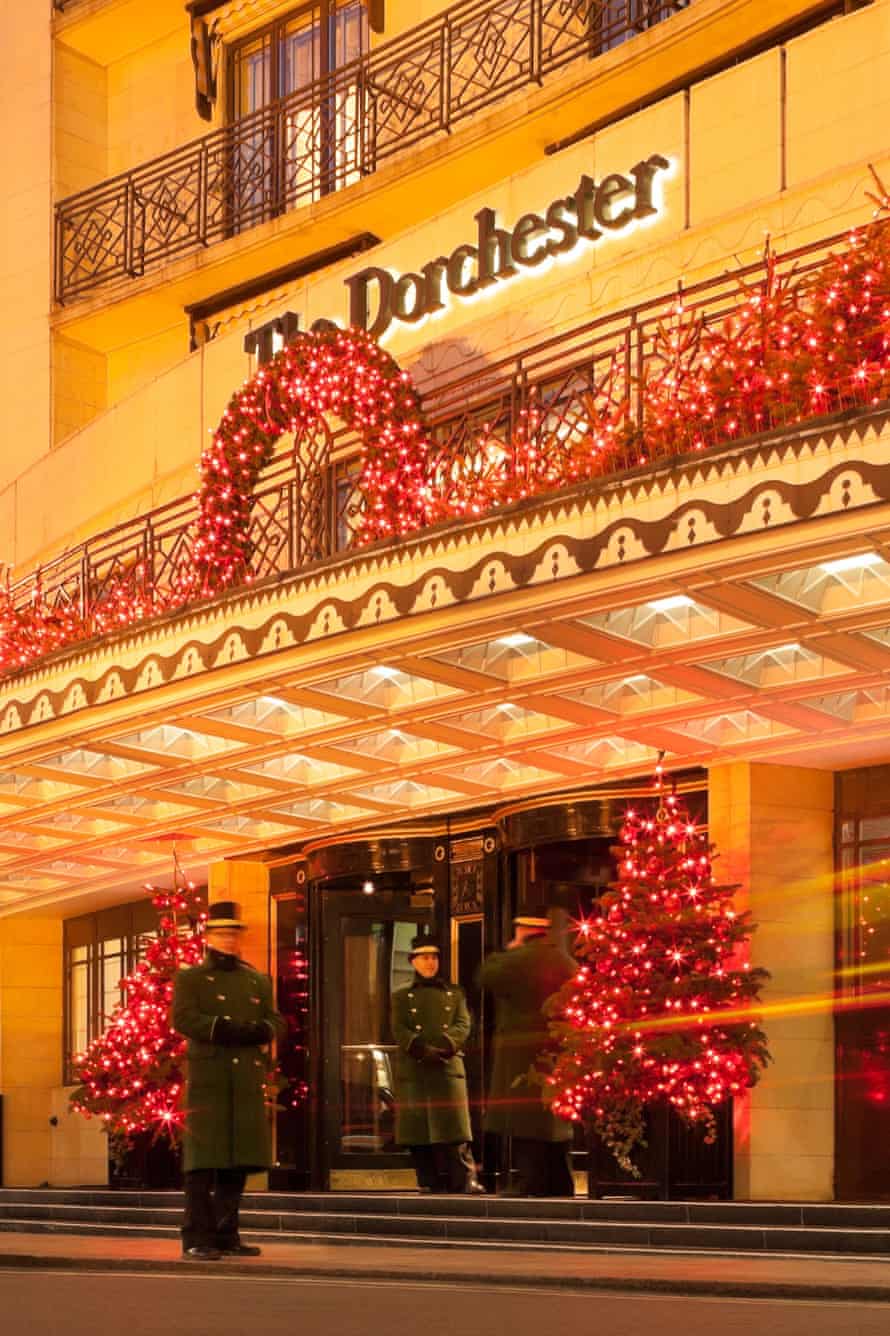
This poem is a cosily reassuring and uncontroversial combination of the holy and the homely. There are "tortoise stoves", ivy in churches, crowded shops. Betjeman also, at intervals, manages to jingle a more or less spiritual Christmas bell, although his best joke is that these bells can be heard in what is perhaps Godless luxury: "And Christmas-morn bells say 'Come!'/ Even to the shining ones who dwell/ Safe in the Dorchester Hotel."
Source: https://www.theguardian.com/culture/2014/dec/19/the-10-best-christmases-in-literature
0 Response to "An American Annual of Christmas Literature and Art Book"
Post a Comment